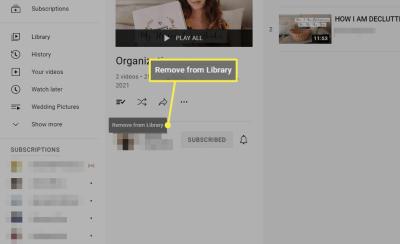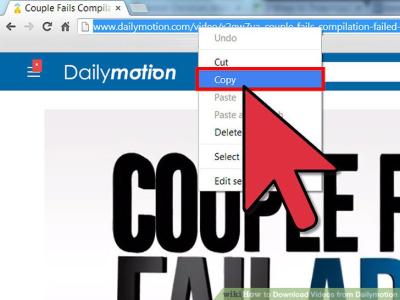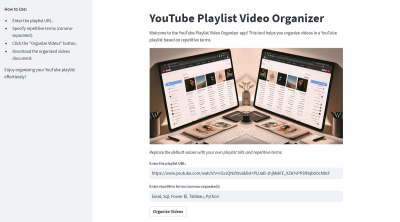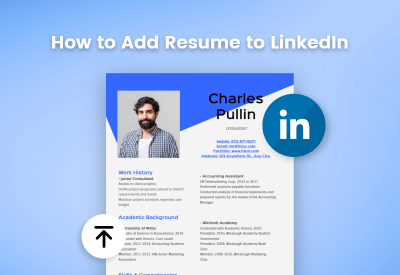Diastasis Recti is a common condition, especially among women after pregnancy, but it can affect anyone, regardless of gender or age. It occurs when the two halves of your rectus abdominis muscle—commonly referred to as the "six-pack" muscle—spread apart, leading to a gap in the middle of your abdomen. This separation can result in a bulging belly appearance and may cause discomfort or functional issues. Many people live with this condition for years without realizing the impact it may have on their core strength, posture, and overall well-being. But don’t worry! YouTube offers a treasure trove of tips and techniques to help tackle this issue, even if you’re years post-pregnancy or after significant weight changes.
Understanding the Causes and Effects
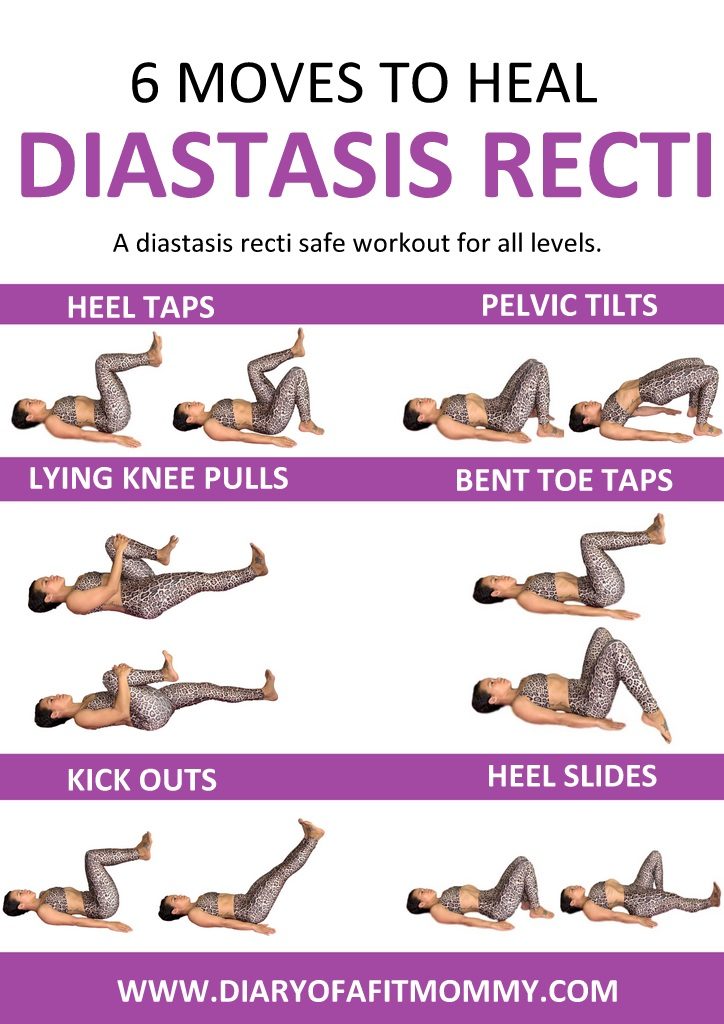
To effectively address Diastasis Recti, it's crucial to understand its causes and the effects it can have on your body. Here’s a closer look:
Causes of Diastasis Recti
Several factors can contribute to the development of Diastasis Recti, including:
- Pregnancy: As the uterus expands, it puts pressure on the abdominal muscles, which can lead to a separation.
- Obesity: Excess weight can stretch the abdominal area, exacerbating the condition.
- Genetics: Some individuals may be predisposed to a weaker connective tissue.
- Poor Posture: Slouching and improper posture can strain the abdominal muscles and lead to separation.
- Heavy Lifting: Straining the core during heavy lifting without appropriate technique can cause or worsen the issue.
Effects of Diastasis Recti
Living with Diastasis Recti isn't just about aesthetics; it can significantly impact your daily life:
- Muscle Weakness: The separation can lead to a weakened core, affecting stability and strength.
- Postural Issues: Poor posture can become more pronounced, leading to discomfort and back pain.
- Increased Back Pain: A weakened core may cause your back muscles to compensate, leading to chronic pain.
- Difficulty with Exercise: Many find it challenging to engage in regular workouts, affecting overall fitness levels.
- Self-Esteem Issues: The physical appearance of a protruding abdomen can affect confidence.
Recognizing these causes and effects can set the foundation for your healing journey, making the tips and techniques found on YouTube all the more relevant and useful to your path toward recovery.
Assessing the Severity of Diastasis Recti
Understanding the severity of your diastasis recti is crucial in determining the right approach for rehabilitation. So, how do you figure out where you stand? It’s easier than you might think!
First, you’ll want to find a quiet, comfortable space where you can perform some simple checks. You can do this lying down on your back with your knees bent and feet flat on the floor.
Here’s a step-by-step method to assess your situation:
- Locate your midline: Use your fingers to feel for the midline seam of your abdomen, which is where the two sides of your rectus abdominis muscle meet.
- Measure the gap: Gently lift your head and shoulders off the ground while keeping your feet resting flat. Using your fingers, check how many finger-widths you can fit into the gap between the muscles.
- Observe the depth: Not only the width, but also check how deep the gap feels. A gap that is both wide and deep can indicate more severe diastasis recti.
Document your findings, as they can serve as a benchmark for tracking your progress over time. If you're unsure about your assessment, consulting a physical therapist who specializes in women’s health can be immensely beneficial.
Knowing the severity of your diastasis recti is the first step toward healing. Remember, it’s not just about the gap; it’s about regaining stability, strength, and confidence in your body!
Key YouTube Channels for Diastasis Recti Rehabilitation
YouTube is a goldmine for accessible, visual learning, especially for diastasis recti rehabilitation. It’s nice to have expert advice right at your fingertips! Here’s a list of some of the best channels you should definitely check out:
| Channel Name | Description |
|---|---|
| Fitness Blender | A great resource for various fitness levels, Fitness Blender offers comprehensive workout videos, including specific routines that focus on core strength. |
| Diastasis Recti Coach | Dedicated specifically to diastasis recti, this channel features detailed exercises, tips, and educational content tailored to recovery. |
| Sarah’s Day | Sarah offers valuable insights into her own journey with diastasis recti and shares practical exercises that are relatable and easy to follow. |
| Physical Therapy with Lynn | Lynn provides expert encouragement and advice focusing on functional movement, helping you understand the why behind each exercise. |
Using these resources will give you guided support throughout your journey. Don’t hesitate to explore their playlists for structured programs or follow along with them at your own pace. Remember to listen to your body and consult with professionals if you’re unsure about any movements!
5. Effective Exercises for Healing Diastasis Recti
When it comes to healing diastasis recti, exercise can be a powerful ally. The key is to focus on movements that promote core strength without putting undue pressure on the abdominal wall. Here are some effective exercises that you can easily follow along with on YouTube:
- Transverse Abdominal Breathing: This foundational exercise helps engage your deepest core muscles. Lie on your back, knees bent, and take deep breaths, focusing on pulling your belly button towards your spine with each exhale.
- Cats and Cows Stretch: This yoga-inspired movement enhances flexibility while gently working the core. As you transition between arching and rounding your back, you engage different muscle groups in a safe manner.
- Pelvic Tilts: While lying on your back, use your pelvic muscles to tilt your hips upward. This simple exercise strengthens the muscles around your lower abdomen and improves stability.
- Bridges: Lying on your back, lift your hips while keeping your feet flat on the floor. This works your glutes and further supports core stability.
- Modified Planks: Start on your knees and forearms, maintaining a straight line from your head to your knees. This position allows for a strong core workout with reduced pressure on your abdominal wall.
As you embark on this exercise journey, remember to listen to your body. Everyone’s healing process is different, so take it slow and steady!
6. Tips for Maintaining Core Strength and Stability
Once you’ve started your healing journey from diastasis recti, maintaining core strength and stability becomes essential. Here are some practical tips to help keep your core engaged and strong, contributing to overall physical health:
- Consistent Practice: Incorporate core-strengthening exercises into your routine at least three times a week. Consistency is crucial to maintaining your strength and stability.
- Focus on Posture: Good posture can make a big difference! Practice maintaining a neutral spine while sitting, standing, and moving throughout your day.
- Mind Your Movements: Be conscious of how you lift and carry items. Engage your core when bending, lifting, or performing any heavy tasks to support your abdominal muscles.
- Stay Active: Engaging in regular physical activity beyond core exercises—such as walking, swimming, or cycling—helps keep your core engaged and your body strong.
- Healthy Diet: A balanced diet rich in vitamins and minerals supports muscle recovery and overall health. Stay hydrated and incorporate lean proteins, fruits, and vegetables into your meals.
Above all, remember that maintaining core strength is not just about aesthetics; it’s about functional strength and stability that supports your everyday movements. So, keep pushing forward with your exercises, and you'll reap the benefits both physically and mentally!
7. Additional Resources and Support
When tackling diastasis recti, especially years later, having the right resources and support can make all the difference. You're not alone in this journey, and there are many avenues to explore.
First off, YouTube is flooded with valuable content ranging from expert advice to personal stories. Here are some channels and resources you might find helpful:
- Physical Therapists on YouTube: Many certified physiotherapists share their expertise on their channels. Look for those who specialize in postpartum recovery.
- Fitness Influencers: Some fitness influencers focus on core strength and rehab exercises specifically for diastasis recti. Just ensure they have a solid background in regulated training.
- Support Groups: Join online communities or social media groups dedicated to diastasis recti. Sharing your experiences and getting advice from fellow members can be incredibly empowering.
Books and eBooks are also excellent resources. Titles such as "The Diastasis Recti Handbook" or "Healing Diastasis Recti" provide comprehensive insights tailored for various levels of awareness and recovery stages. Many of these books offer exercises and evidence-based practices that you can practice at your own pace.
Don’t forget about consulting a healthcare professional. A personalized approach is crucial, especially if you've been dealing with this for years. A physical therapist can create a tailored recovery program just for you, ensuring you're not only safe but also effective in your recovery journey.
8. Conclusion and Moving Forward
In conclusion, fixing diastasis recti can feel daunting, especially if you've been living with it for years. However, the good news is that recovery is not only possible but can also lead to a stronger core and improved overall well-being. The key is to approach it with patience, dedication, and the right resources.
As you move forward, remember these essential points:
- Consistency is crucial. Try to set aside some time daily for exercises.
- Track your progress! Keeping a journal can help motivate you as you see improvements over time.
- Don’t hesitate to seek professional help. Tailored guidance can provide quicker results and help prevent potential injuries.
Lastly, celebrate the small wins and be kind to yourself during this journey. Healing takes time, but every step you take is a step towards a healthier you. With a mix of reliable YouTube tips and personal commitment, you’re well on your way to overcoming diastasis recti and embracing your body’s capabilities!






